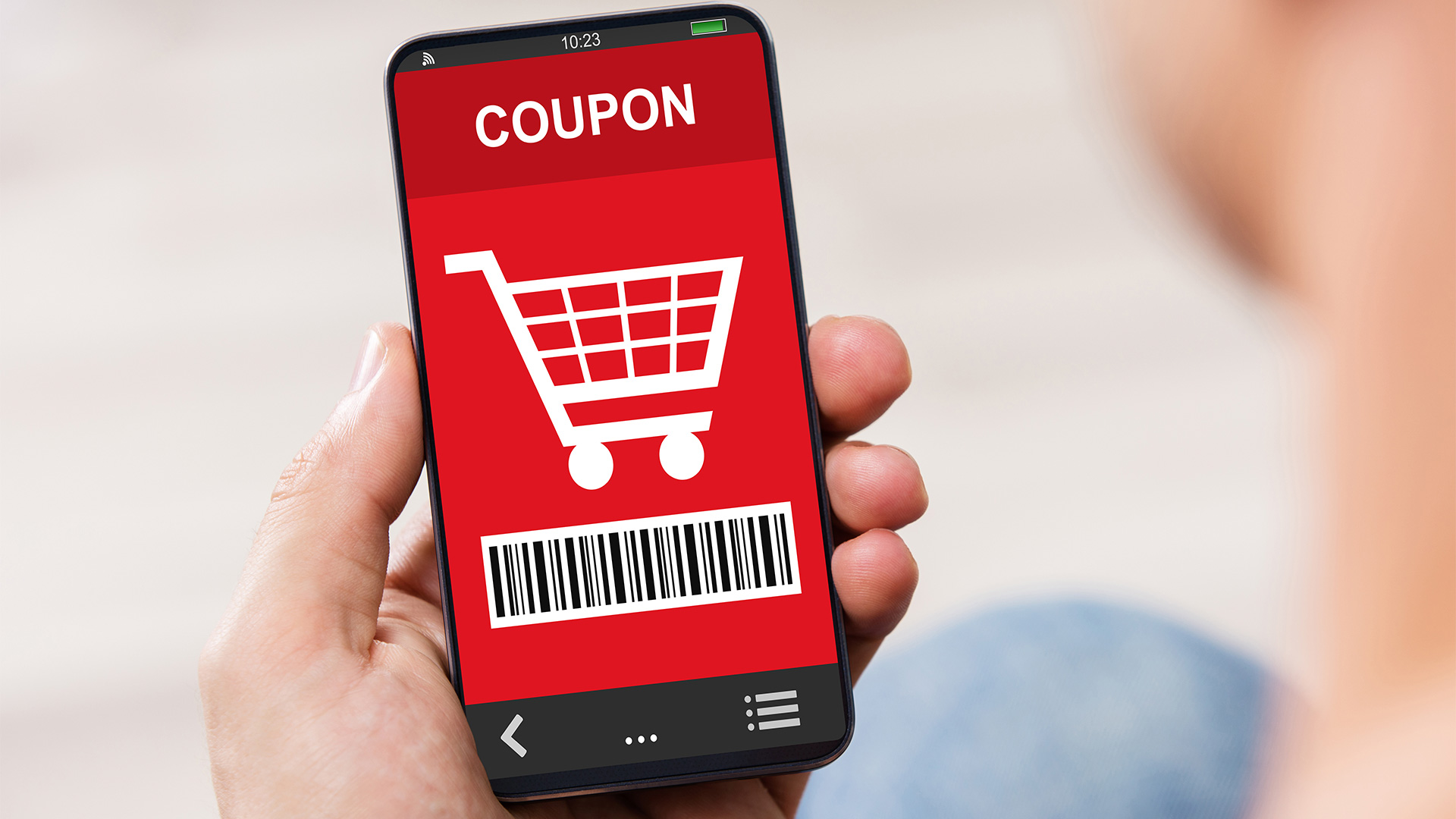
When Groupon stormed onto the e-commerce scene in 2008 it sought to bring group buying to the U.S. But unlike in China, it never quite panned out as the company envisioned forcing it to pivot to coupons. Now, new research from Maryland Smith is examining why that happened and how companies can best implement the strategy.
Group buying – where a product or service discounts from a base price are made available during a predetermined sign-up window based on whether a certain number of consumers meet a sign-up threshold – has helped China’s top e-commerce platforms like Taobao, owned by the Alibaba Group, and JD generate millions of dollars of revenue. Pinduoduo, a platform that started in 2015 and focuses on group buying, has reached more than $60 Billion value with an annual revenue of $14.74 Billion in 2021.
Maryland Smith’s Tunay Tunca and 2017 PhD graduate Liu Ming, now an assistant professor at the Chinese University of Hong Kong Shenzhen, examined the conditions that helped make group buying so successful in China and developed a model that can help companies to design group buying events to implement them profitably.
One reason for group buying’s success disparity between the U.S. and China, Tunca notes, has to do with cultural consumer behavior differences. In the U.S., consumers are accustomed to paying sticker prices for goods and services, while active deal-seeking and bargaining are often reserved for larger purchases like houses and cars.
But group buying, Tunca says, is much better suited in countries with strong bargaining cultures, like China.
“People in the U.S. are more individualistic when it comes to their purchases. They don't necessarily want to advertise what they are buying or coordinate their shopping with other people,” says Tunca, Dean’s Professor of Management Science and Operations Management at the University of Maryland’s Robert H. Smith School of Business. “In other cultures it's different. Spending the effort to get a discount or a better price is a normal part of everyday life.”
Taking those cultural issues into consideration is just the first step toward successfully implementing group buying, Tunca says. The next is designing the group buying process correctly to make it profitable.
Companies have to find a ‘sweet spot’ where the threshold for a deal materializing is not too high and they feel their efforts to get others to join in on the deal will not be a complete waste, he says, but not low enough so the customers will still have incentives to spend the effort to convince friends and family or in some cases online acquaintances to join the purchase, effectively acting as volunteer sales agents for the company.
The predominant way that is being manifested in China today, Tunca says, is through low thresholds and short time windows. For businesses like Pinduoduo in particular, that formula works especially well for small items with high purchase frequency, like groceries, and has been the main driver toward its current active user base of 850 million customers.
The model developed in this research, Tunca says, enables businesses to apply data from previous group buying sales, such as the number and patterns of customer sign-up rates, as well as purchasing behavior for comparable products that were sold through traditional methods, to help determine parameters such as base prices and deal discounts for future deals and improve profits.
“This is the first paper to demonstrate based on data that companies can employ group buying profitably by effectively incentivizing customers to help boost demand,” says Tunca. “Further, our analysis shows that by applying our model to help better design a group buying event, sellers could see their profits improve by more than 30% in some cases, which is substantial.”
Read More: “Consumer Equilibrium, Demand Effects, and Efficiency in Group Buying,” forthcoming in Manufacturing and Service Operations Management.
Media Contact
Greg Muraski
Media Relations Manager
301-405-5283
301-892-0973 Mobile
gmuraski@umd.edu
Get Smith Brain Trust Delivered To Your Inbox Every Week
Business moves fast in the 21st century. Stay one step ahead with bite-sized business insights from the Smith School's world-class faculty.